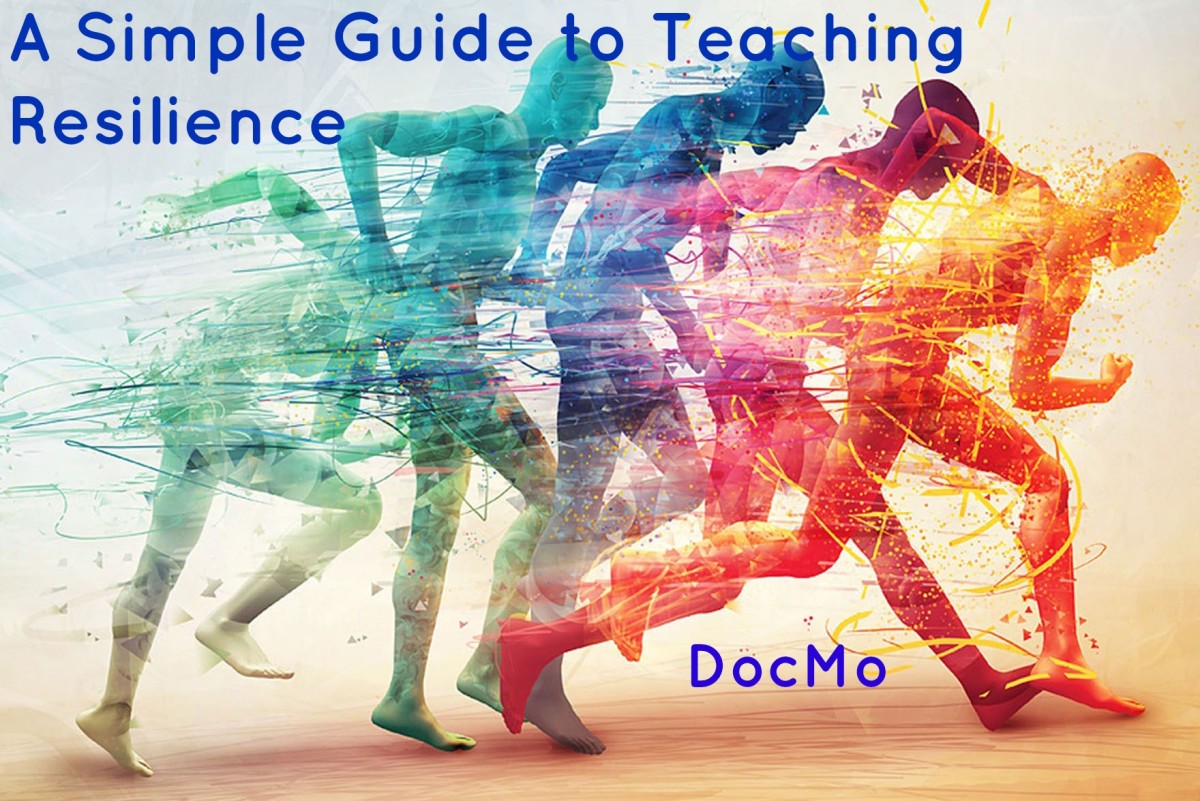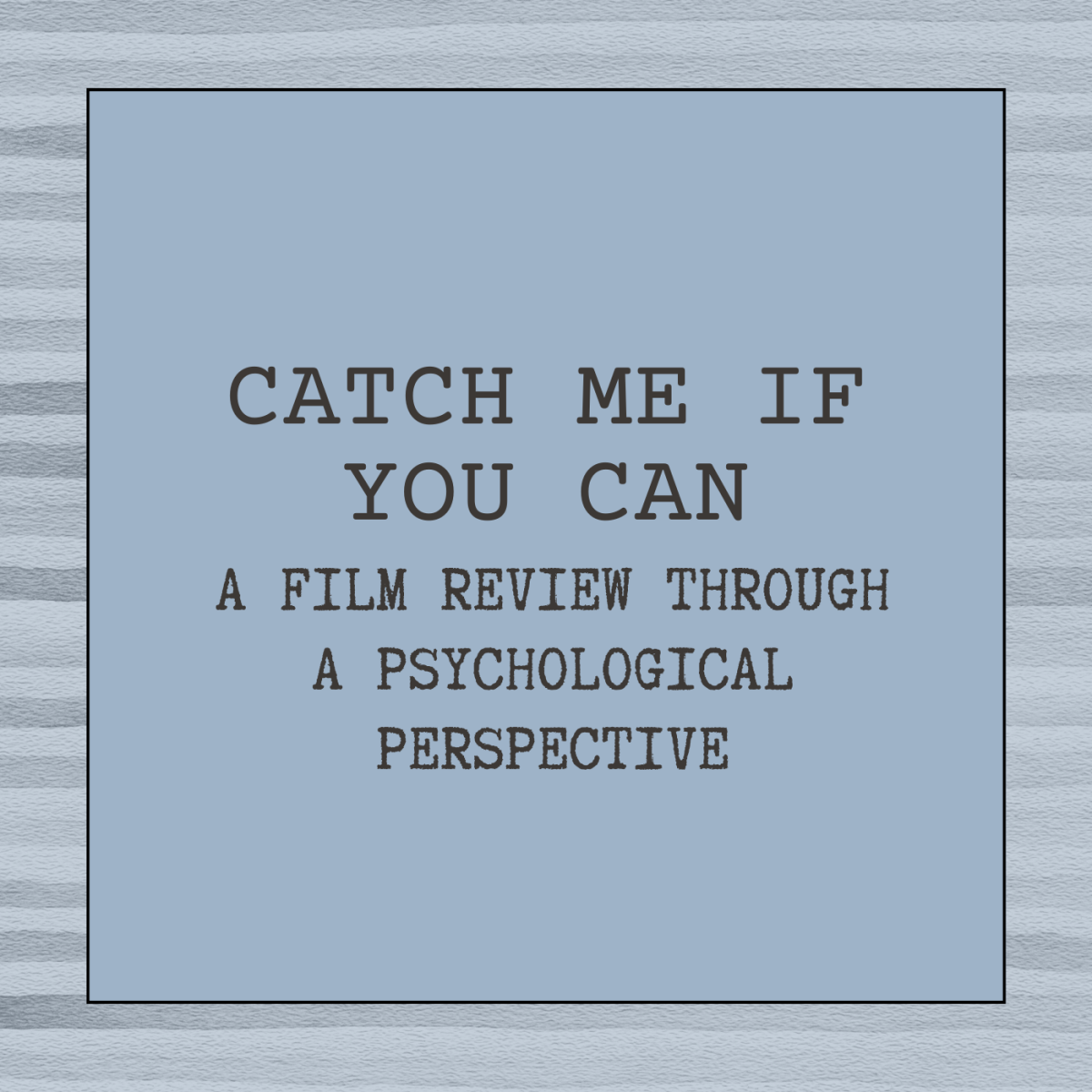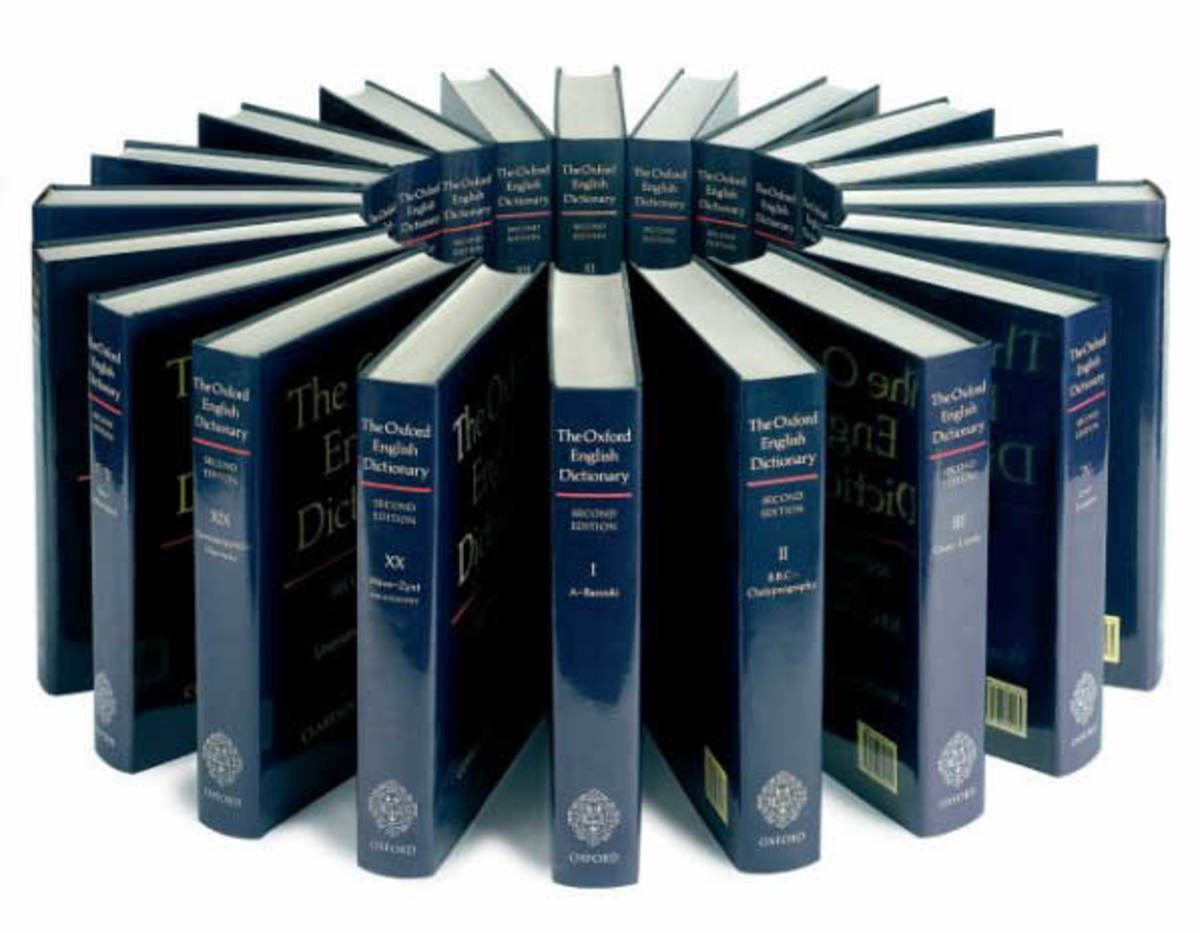What is Appreciative Inquiry?
Emphasis of learning in relation to teaching is trendy and faddish in higher education issues, but much of the promotional resources lack concrete policies and practices (Weimer, 2002). Most of the discourse in relation to learner-centered teaching remains abstract and fails to get down to the level of detail and application. The highlight of the problem is the common traditional obstacle encountered in every discipline of bridging the gap between research and practice. Appreciative inquiry offers at least one of the tools needed in the building of this bridge. Focus on instructional improvement “cannot be based on the premises of remediation and deficiency” (Weimer, pg. XV). Instructional improvement that emphasizes addressing “how we learn” and how exploring the learning question can improve teaching invites a positive and productive paradigm for change. Appreciative inquiry encourages change by advocating viewing obstacles as opportunities.
Traditional classroom structures foster an imbalance of power through emphasis on competition at the expense of collaboration, instructor dissemination of course content without the participation of student perspective on application, and focus on instructor expertise that disregards the “students in the process of acquiring and retaining information” (Weimer, pg. 13). Instructors aiming at providing a transformative learning experience seek a better balance of knowledge transmission and learning facilitation.
“Authoritarian, directive actions diminish student motivation and ultimately result in dependent learners, unwilling and unable to assume responsibility for their own learning” (Weimer, 2002, pg. xvii). Content can be covered in ways that establish learning skills that can be applied on the job and in society, “creating an awareness of the self as a unique, individual learner” (pg. xviii).
The self-reflection and personality styles of the therapeutic dialogue are effective for teacher/learner situations whether in traditional education formats or any other application of mutual discovery. Therapeutic dialogue will be most effective if therapeutic practices are an authentic extension of self-knowledge and an interactive communication style (Seashore, Shawver, Thompson, & Mattare, 2004). Authentic communication and interaction are operationalized dynamics that contribute to the resolution of problems and trend towards healing in relationships; this would most certainly include any type of therapeutic or educational relationship, including leadership and management (Seashore, Shawver, Thompson, & Mattare, 2004). Appreciative Inquiry (Cooperrider & Whitney, N.D.) borrowed from the realm of organizational development and transformational learning (Taylor, 1998) borrowed from educational psychology offer relevant new paradigms for addressing psychological factors.
APPRECIATIVE INQUIRY IS A PROCESS OF FOUR PHASES THAT INCLUDE DISCOVERY, DREAM, DESIGN, AND DESTINY:
I. Discovery Phase (AI): Mobilizing a whole system, multiple stakeholder inquiry intopositive core (Holman, Devane, and Cady, 2007).
II. Dream Phase (AI): Creating a results-oriented vision based in discovered potential andquestions of higher purpose, that is, “What is the world calling for us to become?” (Holman, Devane, and Cady, 2007).
III. Design (AI): Creating possibility propositions of the ideal organization or community, articulating a design capable of drawing upon and magnifying the positive core to realize the newly expressed dreams (Holman, Devane, and Cady, 2007).
IV. Destiny (AI): Strengthening the affirmative capability of the whole system enabling it to build hope and sustain momentum for ongoing positive change and high performance (Holman, Devane, and Cady, 2007).
The appreciative inquiry (AI) paradigm is a participatory, action research, approach to change, transformation, and problem solving (Cooperrider & Whitney, N.D.). AI is a search for the best in people through “the art and practice of asking questions that strengthen a system’s capacity to apprehend, anticipate, and heighten positive potential” (pg. 3). AI is a gestalt of Discovery, Dream, Design and Destiny in contrast to the traditional paradigms of problem solving that include “negation, criticism, and spiraling diagnosis” (pg. 3). Actually designed as an approach to organizational development, AI is transferable to any situation that requires change, transformation, and problem solving. Discovery is mobilizing a whole system inquiry into positive change. Dream is “creating a clear results-orientated vision in relation to discovered potential and in relation to questions of higher purpose” (pg. 5). Design is creating possibility propositions of creative goals, ideals, and articulating possible and potential new dreams. Destiny is “strengthening the affirmative capability of the whole system enabling it to build hope and momentum around a deep purpose and creating processes for learning, adjustment, and improvisation” (Cooperrider & Whitney, N.D., pg. 5). What more positive approach might one apply to facing psychological issues, even psychopathology and abnormal behaviors, than with a new paradigm of hope and possibility and one that applies cognitive-behavioral theories within the construct of appreciative inquiry.
The work of Carl Jung and analytical psychology provides the psychological context with an objective and structured paradigm for a mutual appreciative inquiry (Cooperrider & Whitney, N.D.) and odyssey of adventure into a potential transformative learning (Taylor, 1998) journey towards psychological wholeness, health, and individuation. Personality psychology can become a voice of harmony in discussing the values and cautions in healthy applications of differences amidst religion and spirituality, internal and external congruence, and behavioral constructs of both the conscious and the unconscious. Barbara Fredricson’s (2000, 1998; as cited in Cooperrider & Barrett, 2002, pg. 19) ground breaking research at University of Michigan has received many accolades and past President of the APA Marty Seligman “has recently hailed it for its courage, empirical rigor, its sweeping synthesis with others, and its challenge for all psychology” in which she has shown how positive emotions have an actual undoing effect on negative ones. According to Fredricson (1998) positive emotions “broaden and build our ‘though-action repertoires’, creative intelligence, cognitive complexity, ability to trust new experiences, cultivate relationships and health, and even create changes in the brain structures physically” (as cited in Cooperrider & Barrett, 2002, pg. 19). The concept of appreciative inquiry opens a new approach to investigating the potential for a psychological investigation of ancient spiritual traditions and the reported potential of combining interventions that address the needs of the human soul in the context of diverse modes of knowing and potential therapeutic exercises for development that combine the interactions of the mind and the body. The work of Carl Jung offers a plethora of relatively unexplored territory that investigates diverse cultural wisdom in relation to the health and individuation potentials in cultivating the relationship between the mind and the body.
Since the beginning of time, ancient debates reflect the circle of theory development, applications, awareness of previously unforeseen obstacles, and new discoveries or new synthesis that culminate in radical breakthroughs in understanding man (Hunt, 2007). Jung (1939) suggests that symbolism has much to teach us. Taoist imagery gives us an agricultural symbolism for understanding contexts (Da Liu, 1986). Philosophical and psychological theory is influenced by the weather of the cultural environment, the soil of current knowledge and technology, and finally through the individuals of the time who exercise skill in the nurture and cultivation of hypothesis and theory. Hunt (2007) provides us with detail of the cultural, technological, and knowledge available in environments of ancient thinkers who formed the paths of circular thinking through time that provide the foundations of our current understandings of psychology.
It is a hypothesis of expanding interest in the full utilization of psychological principles that each person contains within their psyche (or synthesis of spirit, soul, and body) a wisdom that is a customization of reasoning knowledge made appropriate for the internal perceptions unique to each individual. Individual choices and uniqueness produce behavior. This uniqueness is a result of nature and nurture influences that are particular to each individual. Learning to cultivate this wisdom is a path to individuation and health. Distortions between this internal wisdom and external requirements can be worked through and produce healthy individuation, character, maturity, virtues, and health. The book “The Wisdom Within” (Mills & Spittle, 2001) is a very interesting, thought provoking application of this theory which is supported by research in resiliency theory (National Resilience Resource Center).
Theory such as Appreciative Inquiry (Cooperrider & Whitney, N.D.) from the realm of organizational development, with its processes of Discovery, Dream, Design and Destiny, along with and Transformational Learning (Taylor, 1998) from the realm of education also suggest that current models of understanding human functioning have overemphasized the rational and analytical functions of the mind to the detrimental exclusion of other capacities of the mind such as wisdom and creativity (Sternberg, 2007). Howard Gardener’s (1983) theory of multiple intelligence highlight our limited cultural and educational perceptions of the processes of learning, education and health. Renewed requirements of multicultural perspectives in ethics demand a review of potentially limiting and damaging perspectives of psychological application and understanding. Growing dialogue and understanding between Western and Eastern religion is suggesting that there might be something to be learned from each other in regards to the spirit, soul, and body that do not have to conflict with doctrinal differences scientifically, politically, or religiously. Complementary and Alternative Medicine (CAM) is growing due to this Western/Eastern dialogue, as well as advanced technologies that can measure more of the subtle influences that in the past have left us open to superstition, ignorance, “new age” nonsense, and plain old deception in the name of making money. Age-old practices of Chinese Medicine and Martial Arts are an additional resource for exploring potential areas of research in regards to the Mind/Body connection.
Hunt (2007) emphasizes the brave journey of the early thinkers in rejecting social conformity and a narrow focus upon monetary considerations in order to focus on their quest of understanding man. The early thinkers emphasize the power of knowing the internal workings that make up our individual selves. These quest seekers “of the interior world conducted by such people have surely been more important to human development than the explorations of the external one” (pg. 8). Overemphasis of reliance upon professionals in every area of our culture in the form of dependence on external knowledge for our health and well-being may be a disservice to our society. At the very least, an important aspect of professional communication, should be an encouragement of cultivating intrinsic knowledge and motivation. Positive psychological principles can promote leadership and motivation in providing theory and method for new and creative process in realms of education, business, organizational development and both physical and mental health issues.
In many ways the debates of antiquity that make up the foundation of current issues of psychology have come full circle. Expanded reaches of knowledge and communication, along with current technology, provide us with the possibility for cross-cultural and multi-domain integration of knowledge for releasing latent human potentials that have been debated over for centuries.
References
Cooperrider, D. & Barrett, F. (2002). An exploration of the spiritual heart of human science inquiry: a methodological call of our time. Retrieved December 1, 2008http://appreciativeinquiry.case.edu/uploads/working_paper_spirit_ai.pdf
Cooperrider, D.L. and Whitney, D., (N.D.) A positive revolution in change: Appreciative inquiry . Retrieved October 2, 2009 from http://appreciativeinquiry.case.edu/uploads/whatisai.pdf
Gardner, H. (1983). Frames of mind: The theory of multiple intelligences . NY: Basic Books.
Holman, P., Devane, T., Cady, S. (2007). The change handbook: The definitive resource on today’s best methods for engaging whole systems. SanFrancisco, CA: Berret-Koehler Publishers, Inc.
Hunt, M. (2007). The story of psychology. New York, NY: Anchor Books.
Jung, Carl G. (1939). The Integration of the Personality . New York, NY: J.J. Little and Ives Company.
Liu, D. (1986). T’ai chi ch’uan & meditation. New York, NY: Schocken Books.
Mills, Roger, & Spittle, Elsie. (2001). The Wisdom Within . Edmonton, Canada: Lone Pine Publishing.
National Resilience Resource Center University of Minnesota http://www.cce.umn.edu/nrrc/
Seashore, C.N., Shawver, M.N., Thompson, G. & Mattare, M. (2004). Doing good by knowing who you are: The instrumental self as an agent of change. OD Practitione,36 (3), 55-60. Retrieved from http://webmedia.unmc.edu/community/citymatch/EMCH/041907/ODP-Seashore%20et%20al.pdf
Sternberg, R.J., (2007). A systems model of leadership: WICS. American Psychologist. 62 (1), 34-42.
Taylor, E., & ERIC Clearinghouse on Adult, C. (1998, January 1). The Theory and Practice of Transformative Learning: A Critical Review. Information Series No. 374 . . (ERIC Document Reproduction Service No. ED423422) Retrieved June 12, 2008, from ERIC database.









